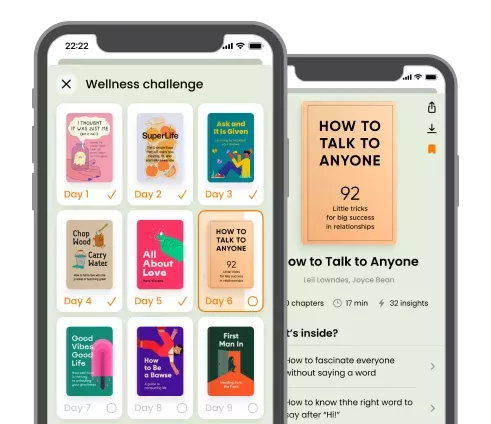70 Best Books for Effective Problem Solving
Problem-solving is a crucial skill that is essential for success in both personal and professional life. It involves the ability to identify, analyze, and solve complex problems efficiently. Our curated list of the top problem-solving books offers valuable insights, strategies, and techniques to enhance your problem-solving abilities.
Explore this list to uncover innovative approaches, practical tips, and real-life case studies that will enhance your problem-solving skills. Boost your expertise, make a difference, and unlock your creative potential by diving into the diverse range of problem-solving books in our collection. Start your journey towards mastering problem-solving today.
